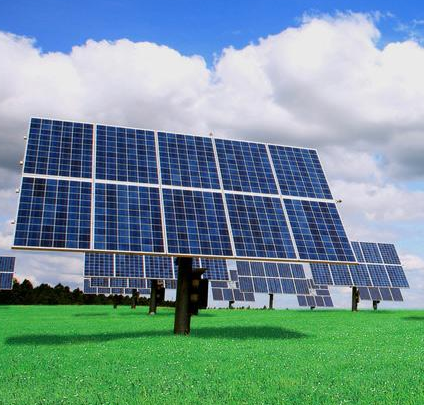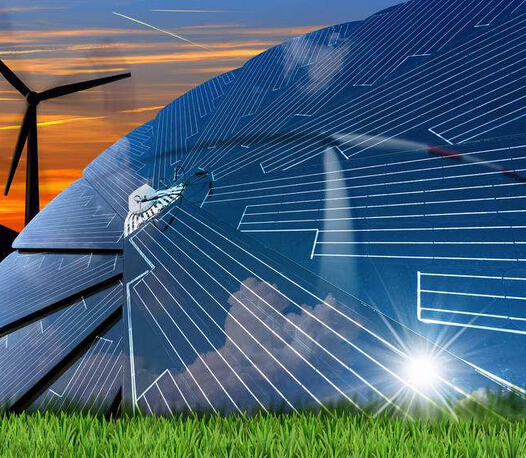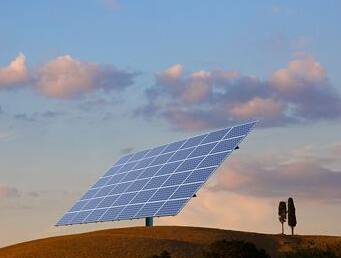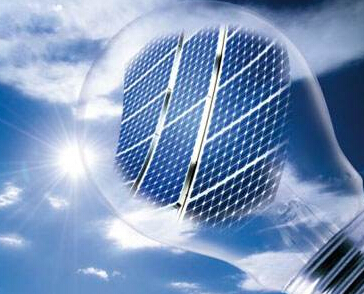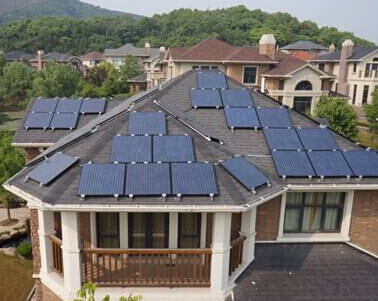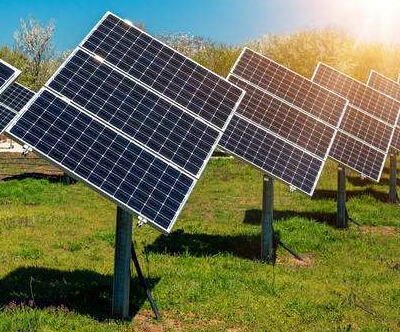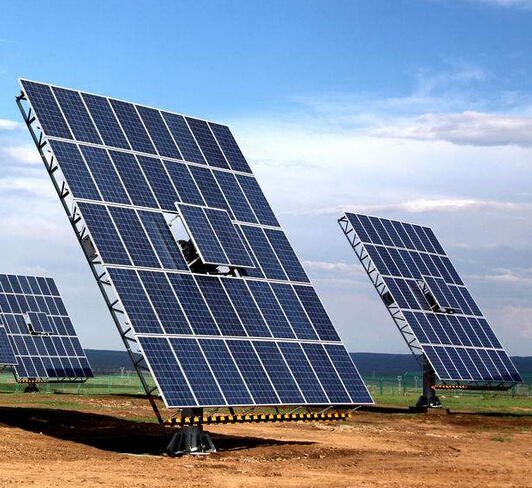"531 New Deal" industry trough
The impact of photovoltaic “531 New Deal” on the development of the industry is obvious to all. 2018Q3 PV installed capacity is 8.7GW, which is 53% lower, and the industrial chain price is down 30-40%. Although the stock price has been reflected, the current market still has concerns about the industry, mainly the following:
(1) What is the attitude of the competent authorities to the industry?
(2) Photovoltaic parity time node?
(3) Domestic PV demand before 2019 and parity?
(4) The subsidy gap is an important reason for the introduction of the “531 New Deal”. How to solve this gap? These problems have become the core issue of the industry
The terrible downturn in the industry is not only that the project has not been done, but that the investment has slowed down, and that practitioners and related parties have completely lost confidence in the industry. There are many people in the transition.
The new starting point for the symposium, the stock has finally risen.
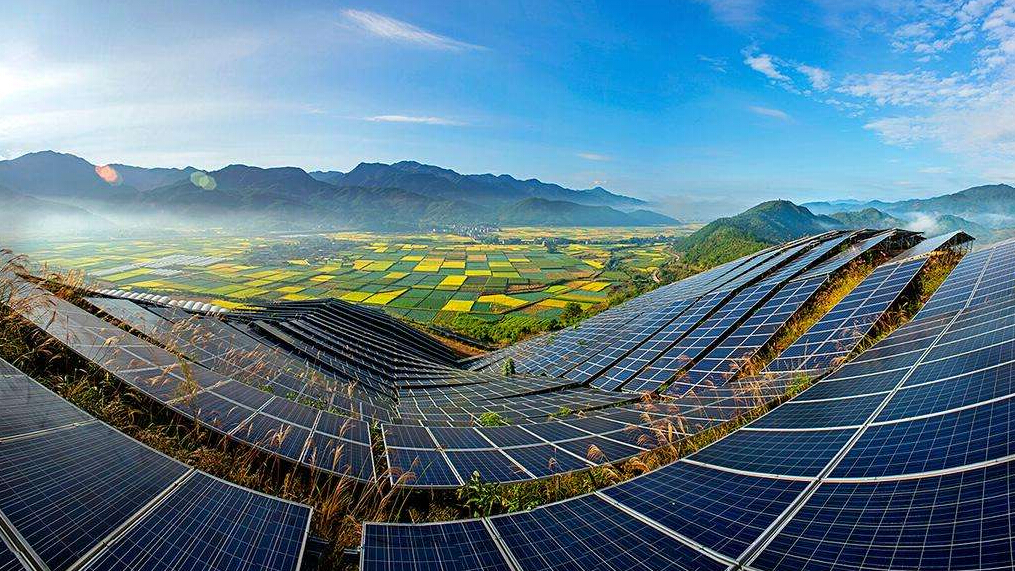
On the morning of November 2, 2018, the National Energy Administration held a symposium on the mid-term evaluation results of the 13th Five-Year Plan for Solar Energy Development (hereinafter referred to as the “Energy Bureau Symposium”), mentioning that PV will be subsidized and greatly improved by 2022. The “13th Five-Year Plan” targets to 250GW (or even 270GW), the PV industry-related policies for 2019 and the individual management of household PV in one month. The PV welcomes policy reversal and exceeds market expectations.
The main contents are:
(1) Significantly improve the “13th Five-Year Plan” photovoltaic construction target, and the PV installation target of China's solar energy development “13th Five-Year Plan” is expected to be adjusted to more than 250GW, even reaching 270GW;
(2) Before 2022, there will be subsidies for photovoltaics, and there will be no “one-size-fits-all” promotion of the parity online process, and subsidized projects and price projects will be parallel;
(3) In the next month or more, the National Energy Administration will focus on accelerating the introduction of relevant policies for the photovoltaic industry in 2019 to provide guarantee for the stable development of the market;
(4) Put forward the idea of separate management of household distributed photovoltaic and industrial and commercial distribution, which will further guide and support the orderly development of household distributed photovoltaic.
The Energy Bureau symposium revealed two points:
(1) The competent authorities still support the PV industry;
(2) Guided the development scale and the parity time node. These all respond to the current market concerns. Combined with the recent macro-environment and industry policy trends, we judged that the PV industry has ushered in a policy reversal, and the installed-capacity indicators and the time-out point have exceeded market expectations.
How does the market expect to develop in the future?
Domestic photovoltaic installation guidance exceeds 40GW in 2019
The “531 New Deal” suspended the 2018 ordinary PV power plant index and set limits on distributed PV, although it also pointed out that for projects that do not require subsidies, the scale is not limited, but for the years 2019, 2020, etc. that have not yet fully realized parity. There are no guidelines for PV installation.
Although the industry has various split versions of domestic PV installed capacity in 2019, there are no differences due to lack of policies and official guidelines. At present, the industry's expectation of installation in 2019 is generally estimated by reference to the installed capacity in 2018. 2018Q1-3 PV installed capacity is 34.54GW, and considering that it is not affected by the “531 New Deal” in January-May 2018, it will be discounted on the basis of approximately 40GW installed in 2018, and the scale of 2019 is estimated to be 30. -35GW.
The Energy Bureau symposium pointed out that it is necessary to significantly increase the "13th Five-Year Plan" photovoltaic construction target. The photovoltaic installation target of China's solar energy development "13th Five-Year Plan" is expected to be adjusted to more than 250GW, or even 270GW. According to the calculation of neutral 250GW, the annual installed capacity of domestic PV in 2019 and 2020 is about 40GW. Considering some projects that do not need subsidies, the domestic PV installation guidance will exceed 40GW in 2019, exceeding the market expectation of 30-35GW.
The time of the slope is two years later than expected, and the subsidy cancellation is well connected with the national parity.
In the current PV system cost of 4.0-5.0 yuan / W, for the centralized photovoltaic project with 5% light rejection rate, 50% of the industrial and commercial distributed photovoltaic projects for self-use, the number of areas that have basically achieved parity is 5, 27, accounting for the whole country. The proportion of the 38 regions is 13% and 71% respectively.
We estimate that the cost of photovoltaic system will enter the range of 3.0-3.5 yuan/W in 3-5 years. At this time, 32 areas will be basically achieved for the centralized photovoltaic project with 5% light rejection rate and 50% for commercial and commercial distributed photovoltaic projects. 37, accounting for 84% and 97% of the 38 regions of the country.
That is to say, by the time the subsidy is completely abolished in 2022 (the time node mentioned in the symposium of the Energy Bureau), basically the areas suitable for the development of photovoltaics in China have achieved parity, and the time nodes with the elimination of subsidies are better connected and will not bring Industry fluctuations, the industry will smoothly switch from “policy-driven” to “parity-driven”.
















 RCCN WeChat QrCode
RCCN WeChat QrCode Mobile WebSite
Mobile WebSite